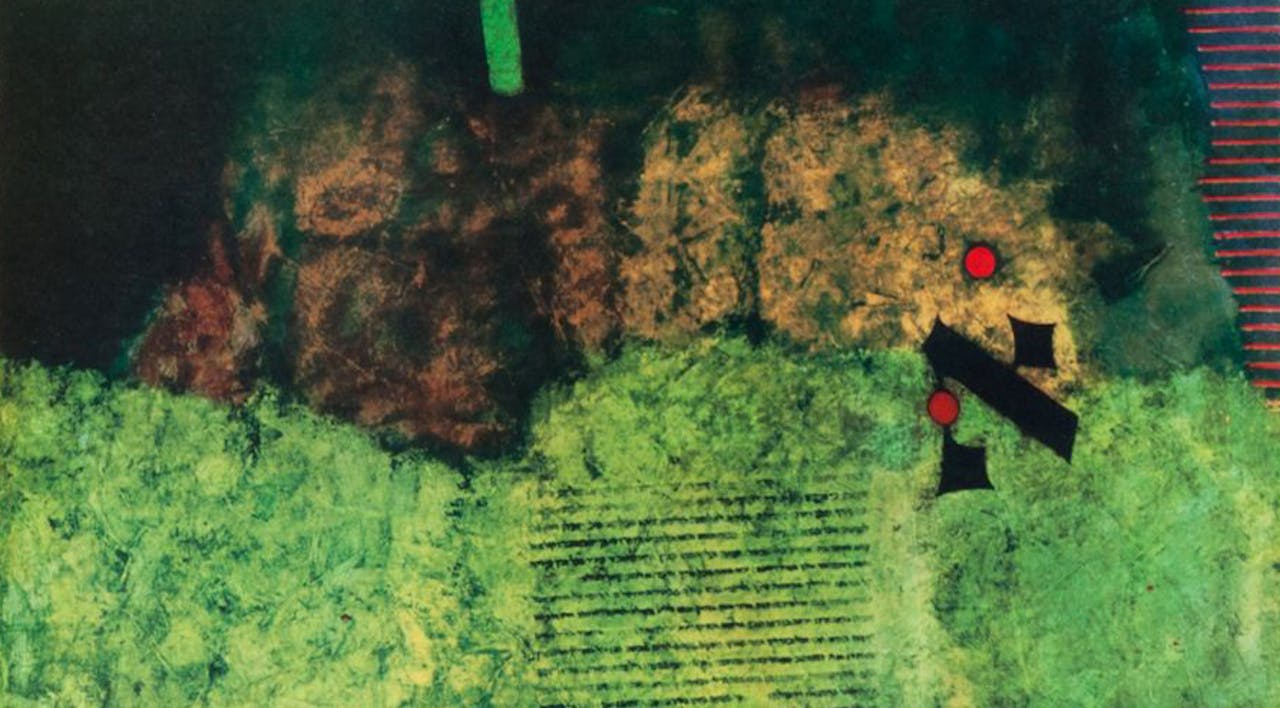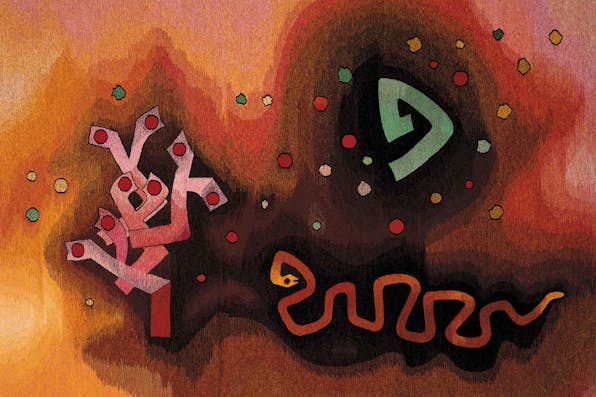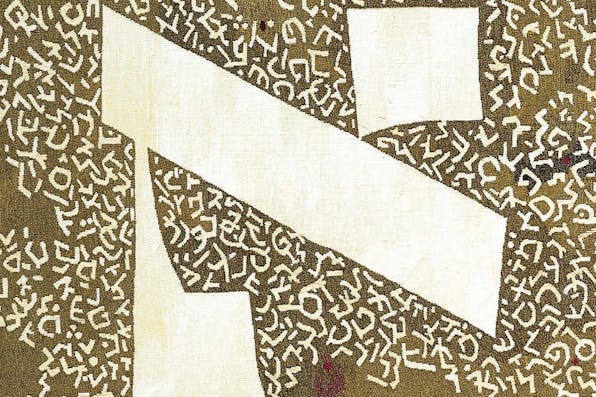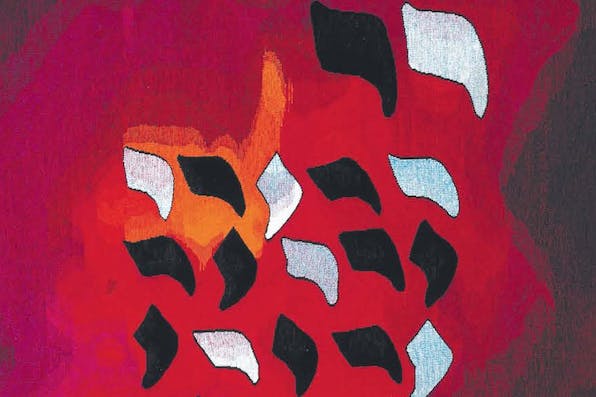
February 2019
How to Judge Robert Alter’s Landmark Translation of the Hebrew Bible
Finished after decades of labor, this one-man English translation is a stupendous achievement. How does it hold up against the masterpieces (and follies) that have come before?
However you look at it, Robert Alter’s The Hebrew Bible is a stupendous achievement. The result of decades of work, consisting of over 3,000 pages of translated text and commentary, it includes every one of the 35 books from Genesis to Chronicles that constitute Jewish scripture. One might call it the translator’s equivalent of a solo circumnavigation of the globe were it not that sailing a boat around the globe takes far less time.
Of the over 100 English translations of the Hebrew Bible, many of them revisions or adaptations of previous ones and most published together with the Christian New Testament, almost all have been done by teams or committees. The 1611 King James Bible, which was the Bible for generations of English readers and retains for many a hallowedness that no other English Bible has, was the work of 47 scholars pooling their knowledge, skills, and judgments. All of the better-known modern English Bibles—the Revised Standard Version of the Bible (1901), the Jewish Publication Society Bible (1917), the New English Bible (1946), the Good News Bible (1976), the New International Version of the Bible (1978), the New Jerusalem Bible (1985), the New Living Translation Bible (1996), the Holman Christian Standard Bible (2004), the New Jewish Publication Society Bible (1985), the ArtScroll English Tanach (1996), the Anchor Bible Series (initiated in 1956 and now nearing completion)—have been joint efforts. Not even the King James’s two great predecessors that were named for single translators, the 14th-century Wycliffe Bible and the 16th-century Tyndale Bible, were done single-handedly.
What English Bibles before Alter’s were done by one translator? The list includes Robert Young’s Young’s Literal Translation of the Holy Bible (1862); Judith Smith Parker’s The Holy Bible (1876); Ferrar Fenton’s The Holy Bible in Modern English (1903); James Moffat’s The Old Testament: A New Translation (1924); George Lamsa’s Lamsa’s Bible (1933); and Eugene H. Peterson’s The Message Bible (2002). I know of no others.


